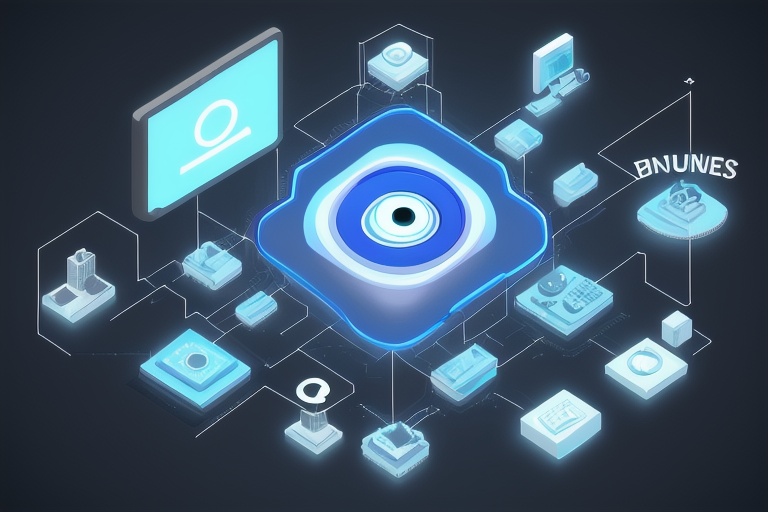Artificial intelligence (AI) is set to redefine the agricultural industry as the world's population moves towards an estimated 10 billion by the middle of this century. With an urgent need to increase crop production and maximize yields, AI presents a suite of solutions that could revolutionize traditional farming practices, helping to overcome existing limitations and enhancing overall productivity. Having been a cornerstone of human civilization, agriculture's importance to economic development and sustenance cannot be overstated. In this light, the infusion of AI across various sectors has been particularly pronounced, and agriculture stands at the forefront of this technological leap.
Artificial intelligence (AI) is set to redefine the agricultural industry as the world's population moves towards an estimated 10 billion by the middle of this century. With an urgent need to increase crop production and maximize yields, AI presents a suite of solutions that could revolutionize traditional farming practices, helping to overcome existing limitations and enhancing overall productivity. Having been a cornerstone of human civilization, agriculture's importance to economic development and sustenance cannot be overstated. In this light, the infusion of AI across various sectors has been particularly pronounced, and agriculture stands at the forefront of this technological leap.
Harnessing Data for Smart Agriculture
The advent of AI has ushered in a new era of data-driven decision-making in the farming industry. Agricultural organizations can now tap into a wealth of data to unearth insights crucial to every step of the farming process. Farmers can apply AI-powered predictive analytics to sift through large datasets swiftly, shedding light on field conditions, supply chains, and enabling them to optimize yield management. These insights are vital when considering factors such as market demand, anticipated pricing, and the optimal timing of sowing and harvesting.
Beyond market analysis, AI technologies are adept at assessing soil health, providing weather forecasts, and guiding the use of fertilizers and pesticides. Such precision leads to improved efficiency and higher crop yields, ensuring that farmers are making the most informed decisions possible.
Cost Efficiency through Precision Farming
Farming is a cost-intensive endeavor, and consistently finding ways to cut costs without sacrificing productivity is a challenge for farmers worldwide. AI and precision agriculture are a perfect match, enabling the production of more crops using fewer resources. AI technologies are at the forefront of recommending best soil management practices, applying variable rate technology, and enhancing data management. Real-time insights into crop health can help farmers prioritize regions requiring irrigation, fertilization, or pest control measures. These advanced techniques, including practices such as vertical farming, lead to substantial cost savings by reducing herbicide use, increasing harvest quality, and ultimately boosting profits.
Overcoming the Labor Crunch with Automation
The shift towards automated farming heralds a significant reduction in reliance on human labor, which has historically been one of the most significant challenges in agriculture. Introducing AI-driven machinery like driverless tractors, autonomous irrigation, and fertilization systems – as well as agricultural drones and greenhouse robots – is redefining the landscape. These innovations allow for more accuracy and efficiency than ever before, presenting a solution to labor scarcity and elevating productivity.
The Flourishing AI Agriculture Market
Market projections indicate a bright future for AI in agriculture, with revenue expected to reach USD 4.7 billion by 2028. AI's integration into traditional farming methods opens countless opportunities for smart agriculture systems to refine tasks and amplify productivity. Let's examine some of the prevalent AI applications transforming agriculture today:
- Smart Irrigation: Combining AI algorithms with IoT sensors can autonomously regulate irrigation, saving water and advancing sustainable practices.
- Pest and Disease Management: Early detection of crop diseases and pests through AI analysis of images and data can reduce crop losses and diminish pesticide overuse.
- Yield Prediction: Using historical data and analyzing weather patterns, AI models can forecast crop yields, empowering farmers to plan resources effectively.
- Robotic Assistance: Tasked with planting, harvesting, and sorting, AI-powered robots outfitted with advanced vision systems and learning algorithms can navigate fields and execute tasks with remarkable precision.
As we look towards the future of AI in agriculture, we encounter a wave of innovations poised to enhance efficiency and endorse sustainability. AI empowers farmers with the tools necessary to make informed choices, streamline costs, and surmount manual labor shortages. With challenges such as rising population, climate change, and resource depletion, AI stands as a beacon of hope, promising a sustainable food system that can nourish the generations to come. Our subsequent series installments will delve deeper into the enthralling breakthroughs and progress within this essential sector. Stay informed as we continue to explore the burgeoning role of AI in agriculture.
Information for this article was gathered from the following source.




